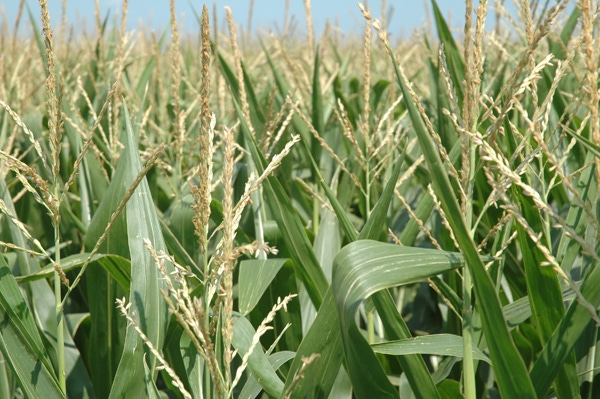June 28, 2012

The Climate Action Reserve, North America’s premier carbon offset registry, has adopted its Nitrogen Management Project Protocol. The protocol provides opportunities for farmers to generate carbon offsets by implementing agricultural management practices that reduce the application of synthetic nitrogen (N) fertilizer to corn crops in the Midwestern United States.
Nitrogen is an essential element required for crops to grow, but the application of N fertilizer releases significant amounts of nitrous oxide (N2O) into the atmosphere. N2O is a potent greenhouse gas (GHG) 310 times more potent at trapping heat in the atmosphere than carbon dioxide. More than two-thirds of all N2O emissions in the U.S. come from management of agricultural land. Through more efficient application of N fertilizer under this protocol, farmers can achieve reductions in GHG emissions, generate carbon offsets, earn revenues from participation in the carbon market and continue to provide an important commodity to a growing world population.
“The agriculture sector plays a critical role in reducing atmospheric greenhouse gases as a voluntary source of emission reductions,” says Linda Adams, Chair of the Climate Action Reserve Board of Directors. “Better agricultural management practices will provide readily available and low-cost solutions to achieve GHG emissions reductions and mitigate global climate change. We are very pleased to adopt the Nitrogen Management Project Protocol and provide an avenue for farmers to earn financial incentives as they help to solve the challenge of climate change.”
Due to significant variability in the potential to reduce N2O emissions created by different soil and climate conditions around the U.S., the first version of the protocol is only applicable to corn crops in 12 Midwestern states: Illinois, Indiana, Iowa, Kansas, Michigan, Minnesota, Missouri, Nebraska, North Dakota, Ohio, South Dakota and Wisconsin. However, the Nitrogen Management Project Protocol is modular and designed to accommodate additional crop systems, geographic regions and agricultural management practices as data and analysis warrant their inclusion.
“Carbon offsets are the 21st century crop for the agricultural sector. For far too long, the role of agriculture in climate change mitigation has been ignored, but appropriate attention to agricultural offsets is building a full head of steam,” says Debbie Reed, President of DRD Associates and Executive Director at Coalition on Agricultural Greenhouse Gases (C-AGG). “Protocols such as this are absolutely necessary to allow farmers to harvest carbon in order to achieve a successful yield of reductions in greenhouse gas emissions and increases in revenue streams. Market incentives can serve to reward farmers for stewardship activities, and done correctly, will ensure that the agriculture sector will play a serious and needed role in climate stabilization.”
While earned offsets can be used in the voluntary carbon market at this time, California state officials have indicated interest in incorporating agriculture protocols, including those that encourage improved nitrogen management practices, such as the Nitrogen Management Project Protocol, into its cap-and-trade program.
In addition to achieving economic benefits for farmers and reducing GHG emissions, the nitrogen management protocol also prevents the contamination of waterways and significantly improves local and downstream water quality, which in turn enhances wildlife habitat.
You May Also Like




